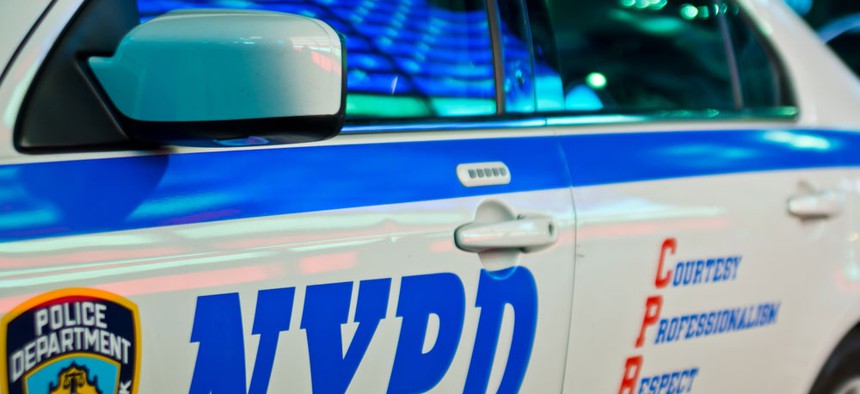The New York Police Department’s use of facial recognition technology has received significant scrutiny, not only for its general existence and use by a government agency – which some cities are outlawing – but for specific features and applications of the technology. Thanks to documents obtained by the Center on Privacy and Technology at Georgetown Law, the public knows that the NYPD has loaded mugshots of children as young as 11 into its facial recognition system, along with altered images and images of non-suspects. In one case, a picture of actor Woody Harrelson was used after a witness described a suspect as resembling Harrelson.
But media reports have also highlighted cases in which the technology has led to likely suspects or even arrests. More recently, facial recognition was used to quickly identify a man who left rice cookers in the subway, causing terror concerns. And this week, the tech was used to identify two possible suspects in a Diamond District heist.
For facial recognition detractors, criticism centers on civil liberties concerns and on the fact that the technology is flawed. In particular, the technology has trouble recognizing certain faces, including those of women and people of color. The Woody Harrelson case, which led to an arrest, sparked criticism that results are inaccurate. The NYPD has said that arrests have never been made using facial recognition alone.
A few reported successes aren’t likely to quell critics’ concerns, but they’re something for the NYPD and other law enforcement agencies to point to when defending their use of the tech. The New York Post, for one, is convinced: “The tech’s not failproof, but neither was the human-eyeballs-and-memory system,” the editorial board wrote this week.
For the rest of today's tech news, head over to First Read Tech.
NEXT STORY: New York shut out of national tech awards


